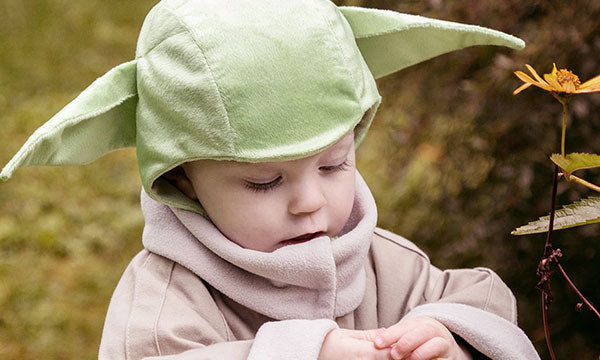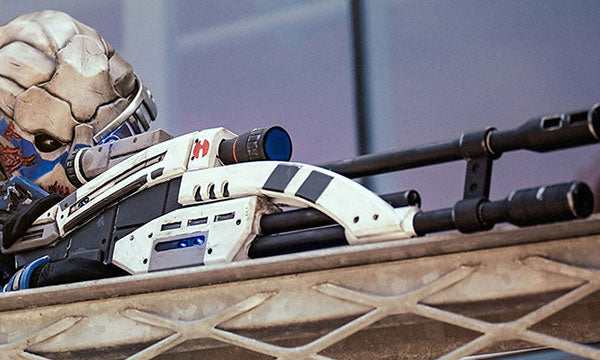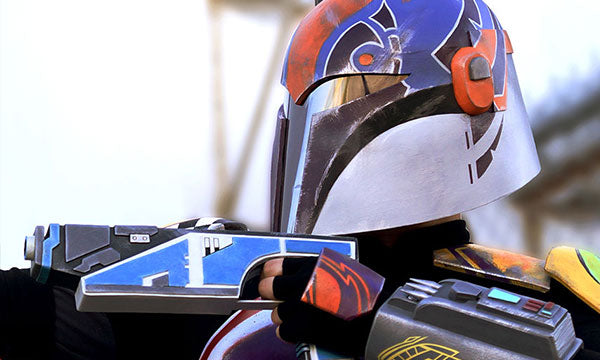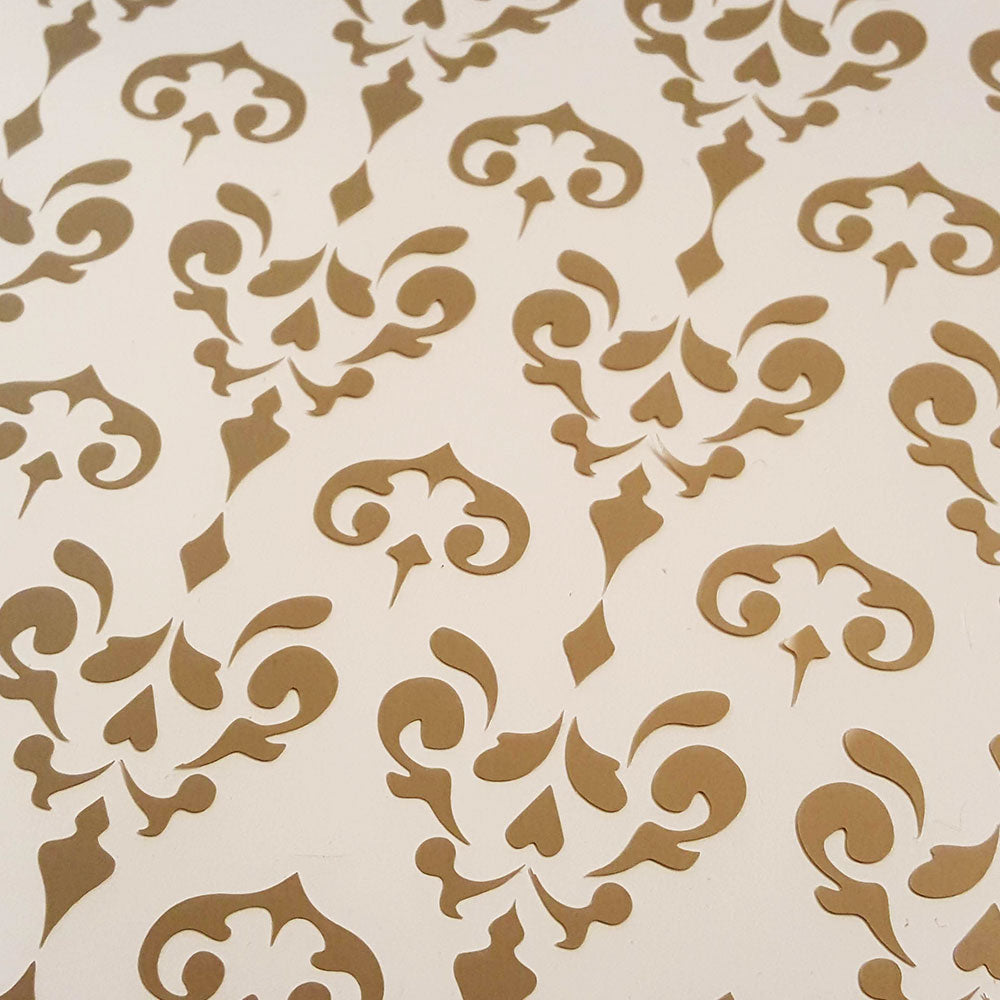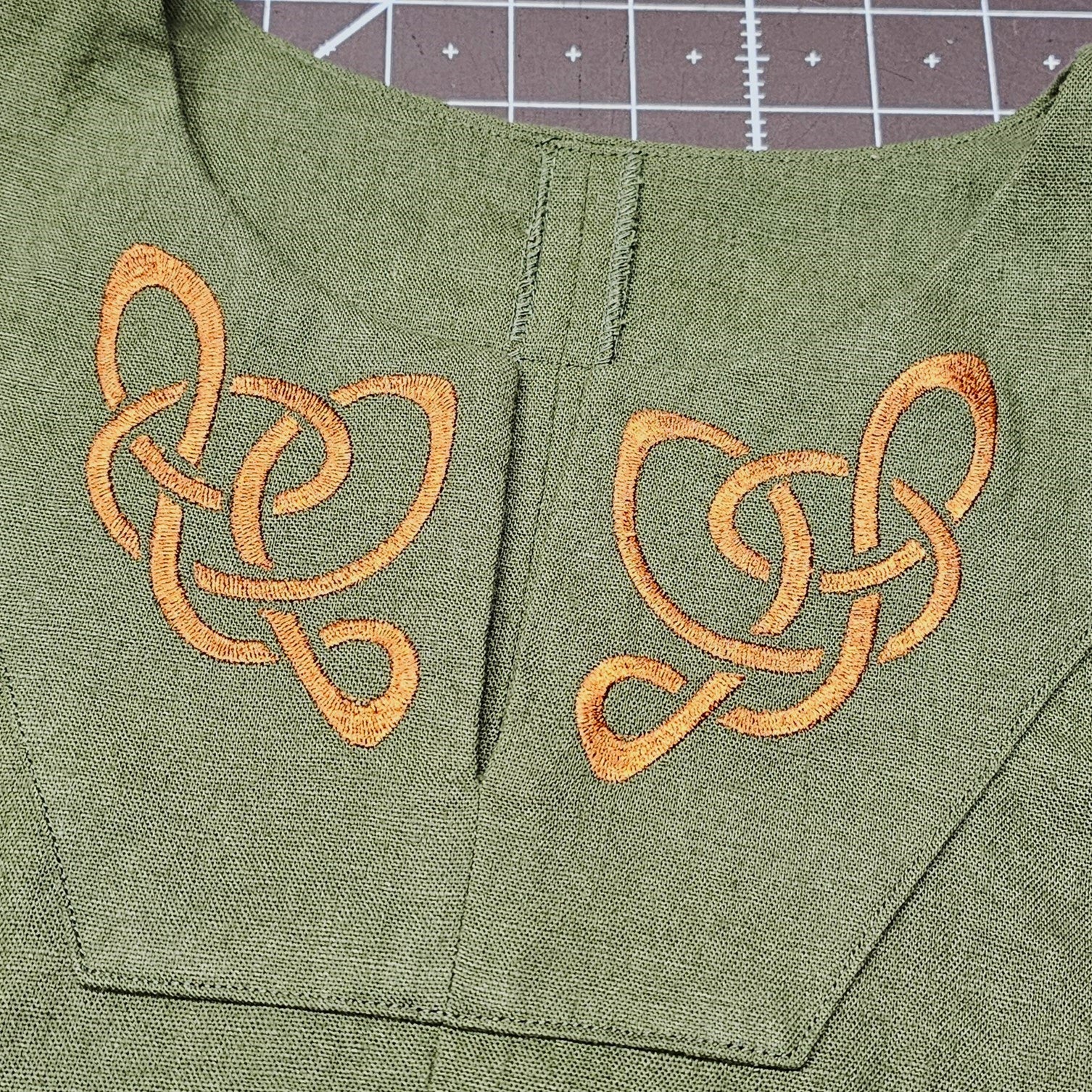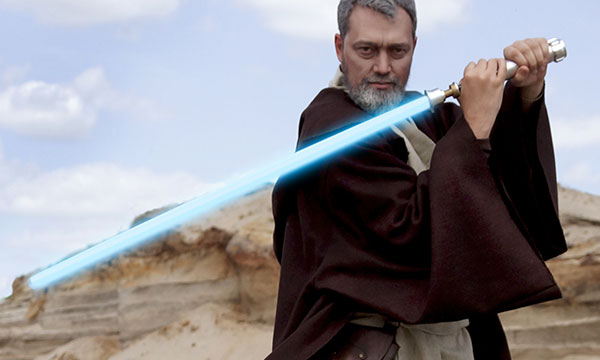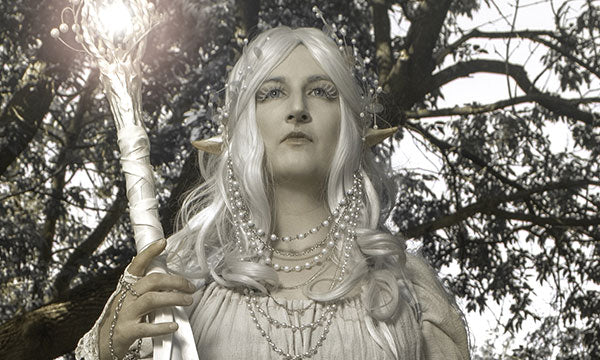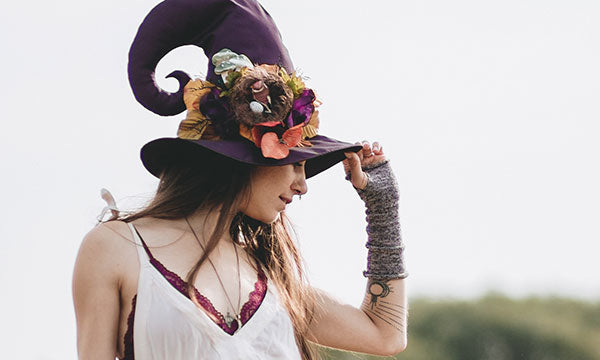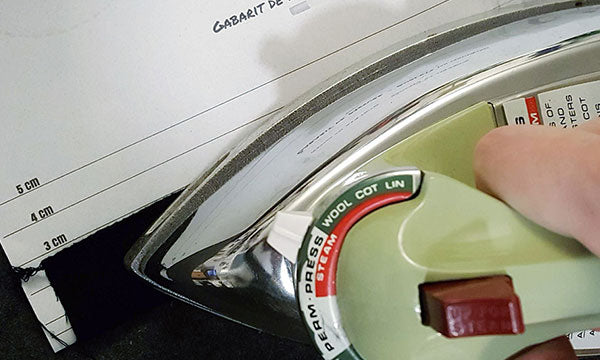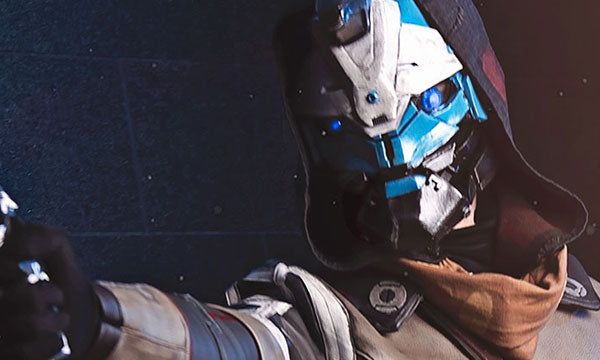This is my favorite technique. A particularly interesting technique if you have a simple pattern to repeat.
You have all kinds of ways to make stencils. Personally, I like to use clear adhesive vinyl*. You know, the stuff we used to cover the books at school (why did they ask us to do that? the book would get damage anyway … but I digress).
What I like about adhesive vinyl is that it sticks to my fabric (so it doesn't move while I paint), but it also peels off really well (without damaging anything). And the advantage of using transparent (in addition to the fact that it is often the easiest to find and the cheapest), is that you can see what is happening around your design, on your fabric. So you can make reference points on the vinyl to make sure you place your stencil correctly.
If I'm making a simple design, I usually cut my stencil with an exacto knife. For the more complex ones, I work with my cutter Silhouette Portrait* (if you wanna know more about this little machine, it's over here).
Don't worry, even if you don't have a cutting machine, everything can be done with an exacto knife (it's just going to take longer).
You can also just take some paper. It works too. But you can't see through it, and you're going to need something to hold your stencil in place. I highly recommend spray temporary adhesive. Temporary so that it leaves no residue. And spray cause it's way easier to apply everywhere (without damaging your stencil).
Once your stencil is done, you have 2 options (well, there are probably others, but I use 2):
- You can apply spray paint (super fast, but you have less control)
- You can also apply acrylic paint with a brush or a sponge (longer, but you have more latitude)

The advantage: the regularity of your patterns


